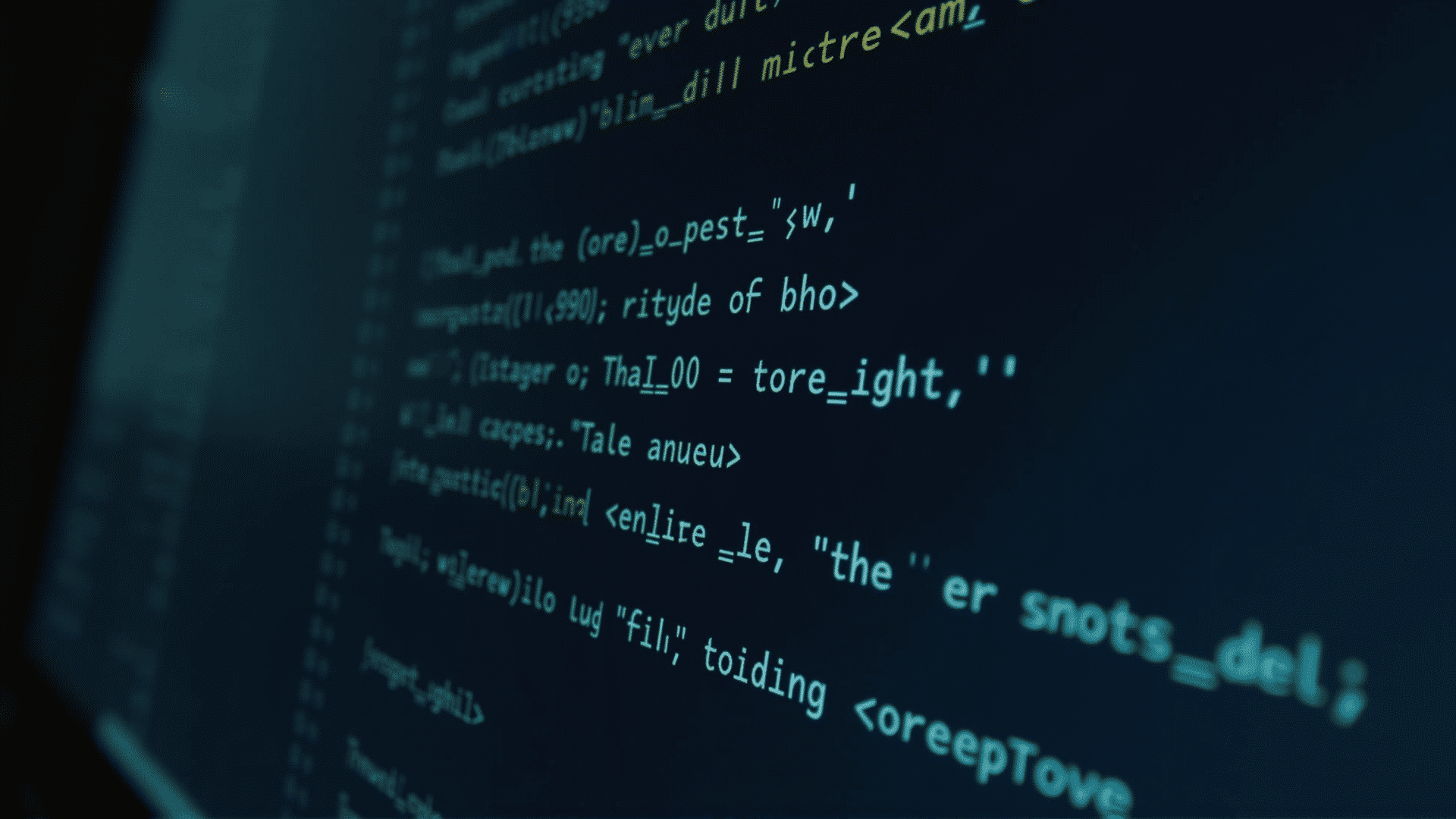Algorithmic trading, often considered the frontier of modern technology and data science, is an intriguing domain that harmoniously merges statistics, computer algorithms, and trading decisions. While traditionally dependent on intuition and experience, trading has evolved with advancements in technology, enabling computers to make rapid decisions based on complex mathematical models.
At its core, algorithmic trading relies on a set of defined instructions tailored to identify efficient opportunities and execute trades at optimal times. These instructions are based on a variety of inputs, including historical data, current trends, and predictive analytics. By filtering through massive datasets and monitoring numerous variables simultaneously, these algorithms aim to maximize precision and efficiency.
The execution of this strategy is made possible through sophisticated programming languages and software platforms. Python and R, for example, are popular among developers due to their extensive libraries and data manipulation capabilities. These tools make it feasible to conduct in-depth research and analysis, critical for designing robust algorithms.
Moreover, technology plays a vital role in processing and analyzing real-time data. High-frequency trading, a subset of algorithmic trading, leverages advanced technology to carry out numerous transactions in a blink of an eye, capitalizing on small price discrepancies. This type of trading demands low latency and high-speed connections to ensure that algorithms can respond to market changes without delay.
Successful algorithmic strategies are built on well-defined risk management and rigorous testing procedures. Backtesting, the practice of testing an algorithm on historical data, is a fundamental step to evaluate the potential success of a strategy before it is deployed live. This process helps in refining algorithms and adjusting parameters to enhance performance.
Additionally, parameter optimization is essential in ensuring the algorithms are adaptable to varying conditions. Machine learning techniques are increasingly being incorporated to allow these systems to learn and evolve from new data trends over time, further enhancing adaptability and predictive accuracy.
The cultural impact of this technology is significant. It has democratized access to economic activities, allowing individual and institutional participants to engage in a complex but efficient ecosystem. It bridges geographical and informational gaps, fostering a more interconnected global environment.
However, this field comes with its intricate challenges, including regulatory considerations and ethical implications. As systems gain more autonomy, it becomes imperative to ensure adherence to rules and transparency to maintain fairness and stability within the environment.
In conclusion, algorithmic trading is a fascinating intersection of technology and strategy. It underscores the transformative role of algorithms in modern society, offering a glimpse into a future where machines bring precision and efficiency to decision-making processes. Through continuous innovation and ethical considerations, algorithmic trading will likely continue shaping the landscape, driving both opportunities and challenges.
